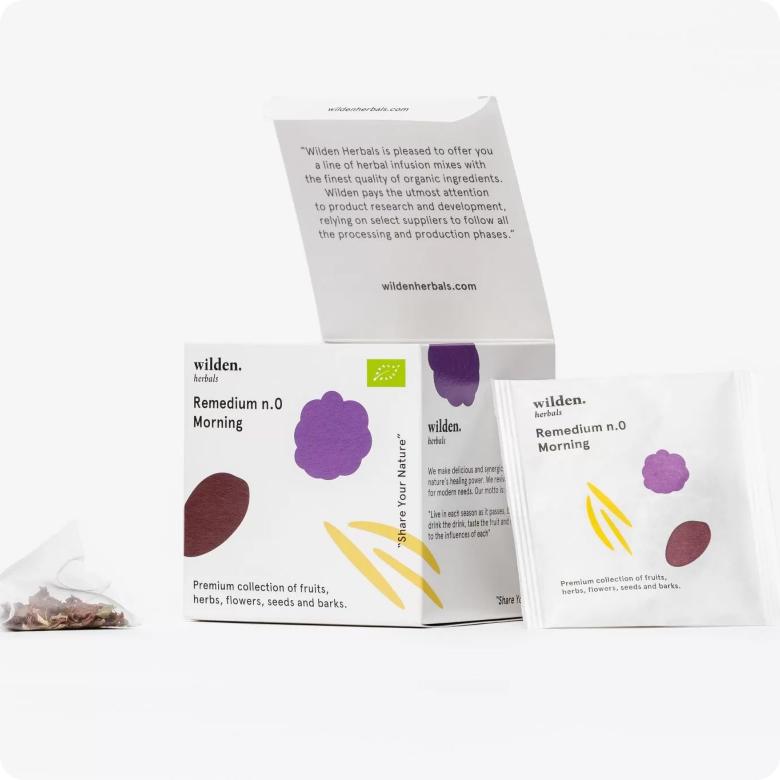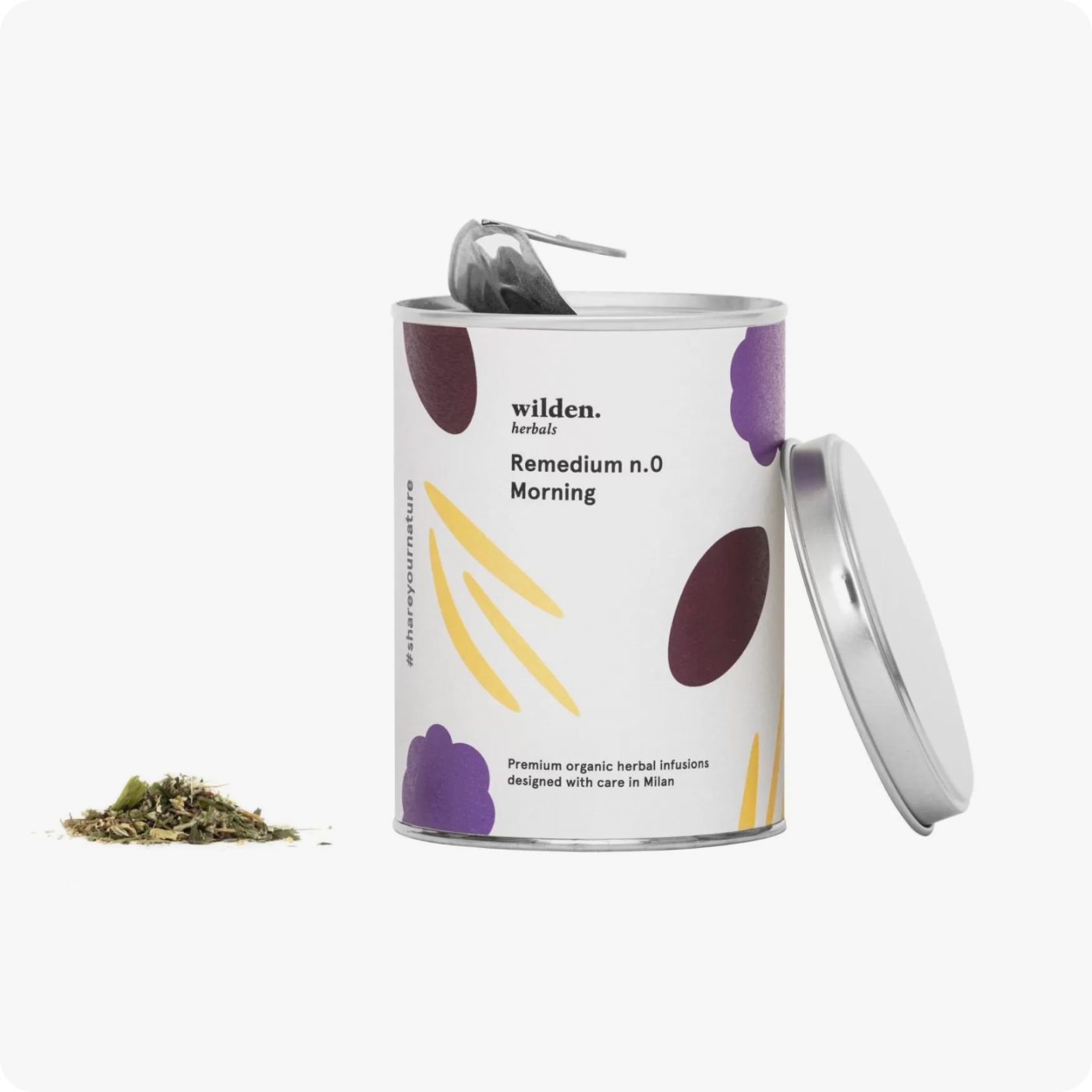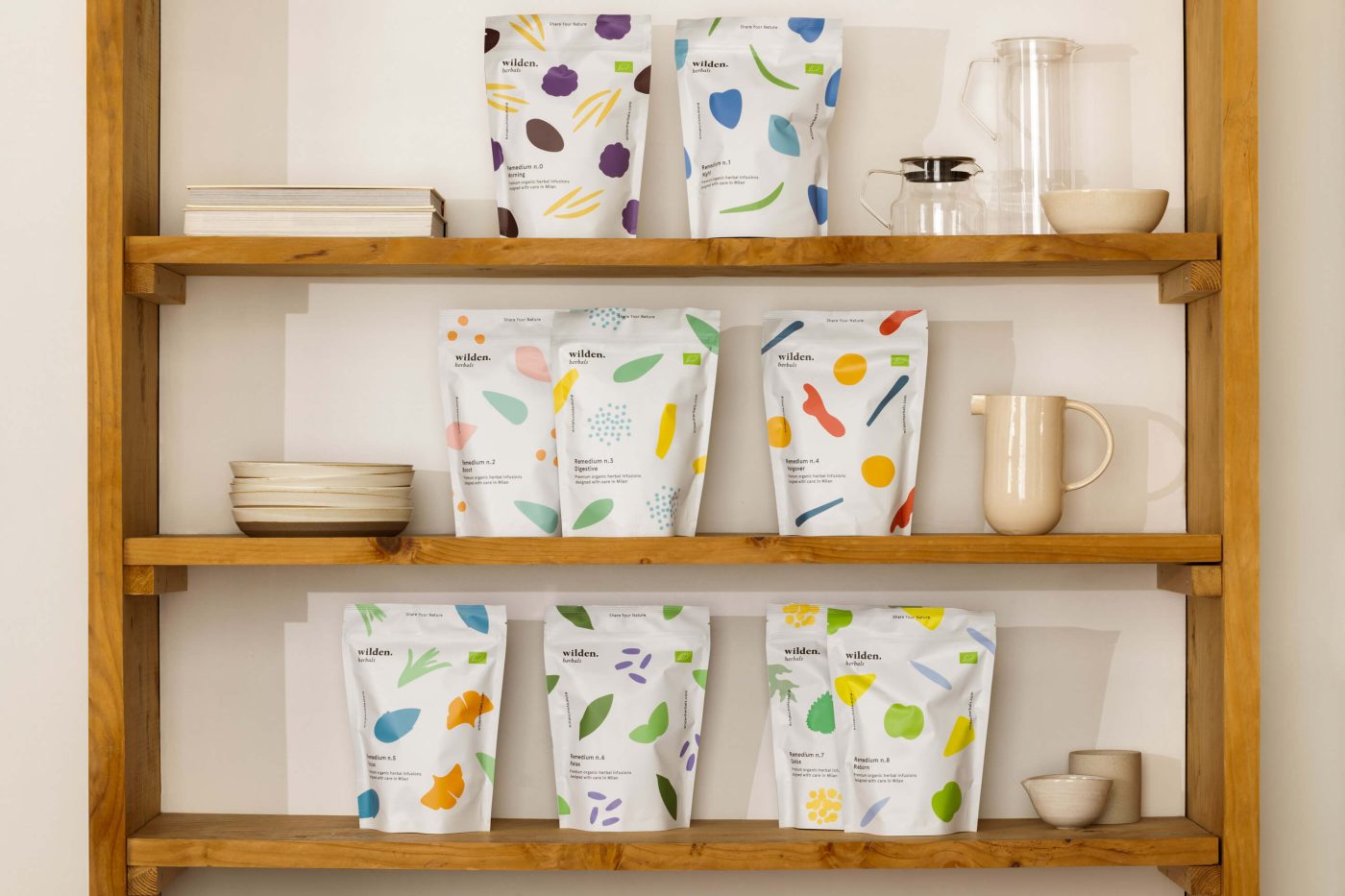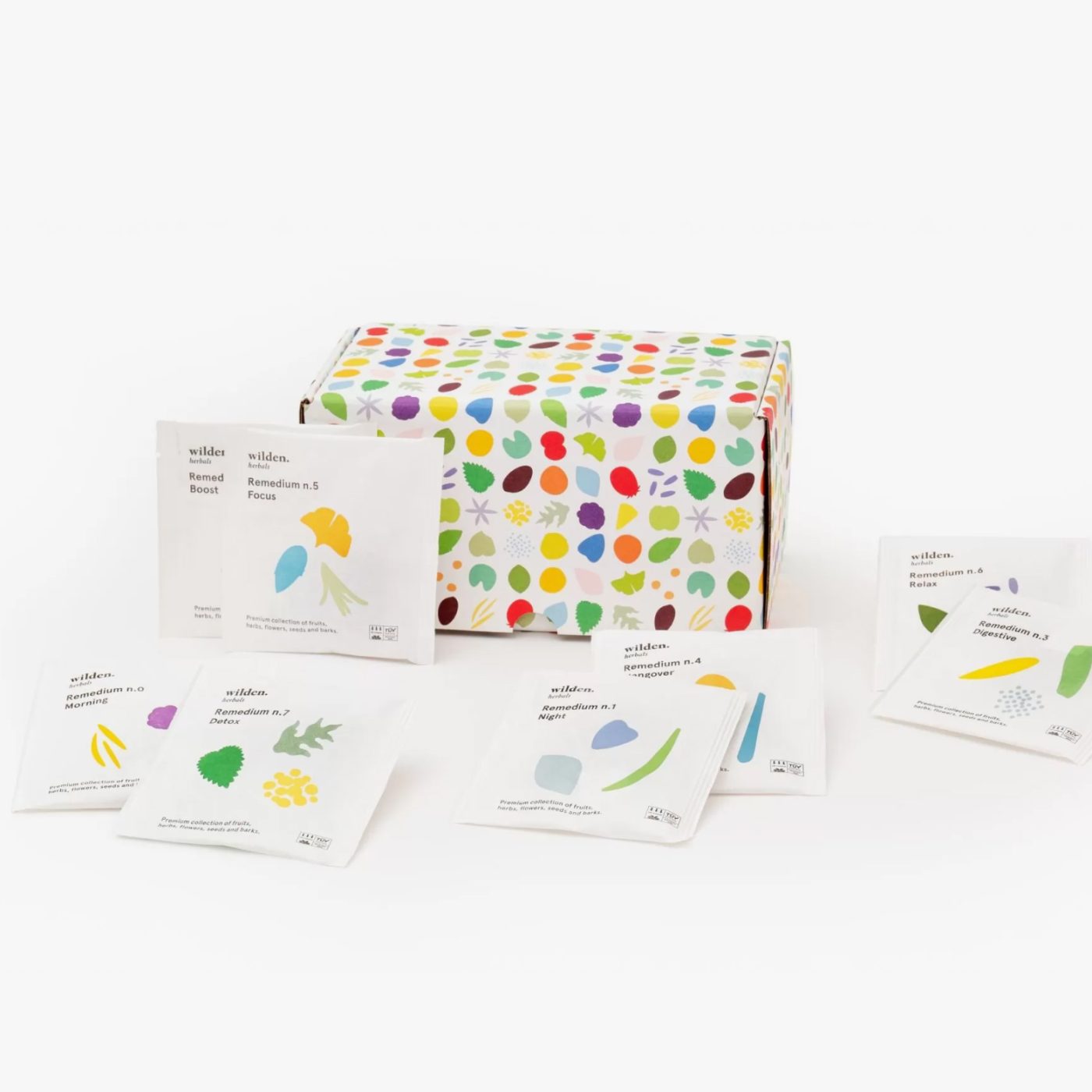Sage: history of a virtuous evergreen plant
Much loved by French cosmetics, useful for calming pre-fall stress, anti-inflammatory... let's discover together sage, a balcony plant and more!
Table of contents:
The plant
The history
What are the properties and benefits of sage?
How to use sage?
Curiosities
Who doesn’t know sage? As children, some parent no doubt suggested that we rub a sage leaf on our teeth for an immediate whitening effect. This is because sage, besides being a very common evergreen plant in Mediterranean climates, is a valuable ally. Let’s discover together the history, uses and benefits of sage.
Finding it in kitchens all over Italy is really easy. This is because sage is one of the most loved and appreciated herbs in the kitchen and on balconies. Tasty and beneficial, sage is an excellent remedy for swelling, excessive sweating and menopausal disorders .
It is also the secret ingredient of natural cosmetics, especially French cosmetics, which use sage mainly for beauty masks for skin and hair.
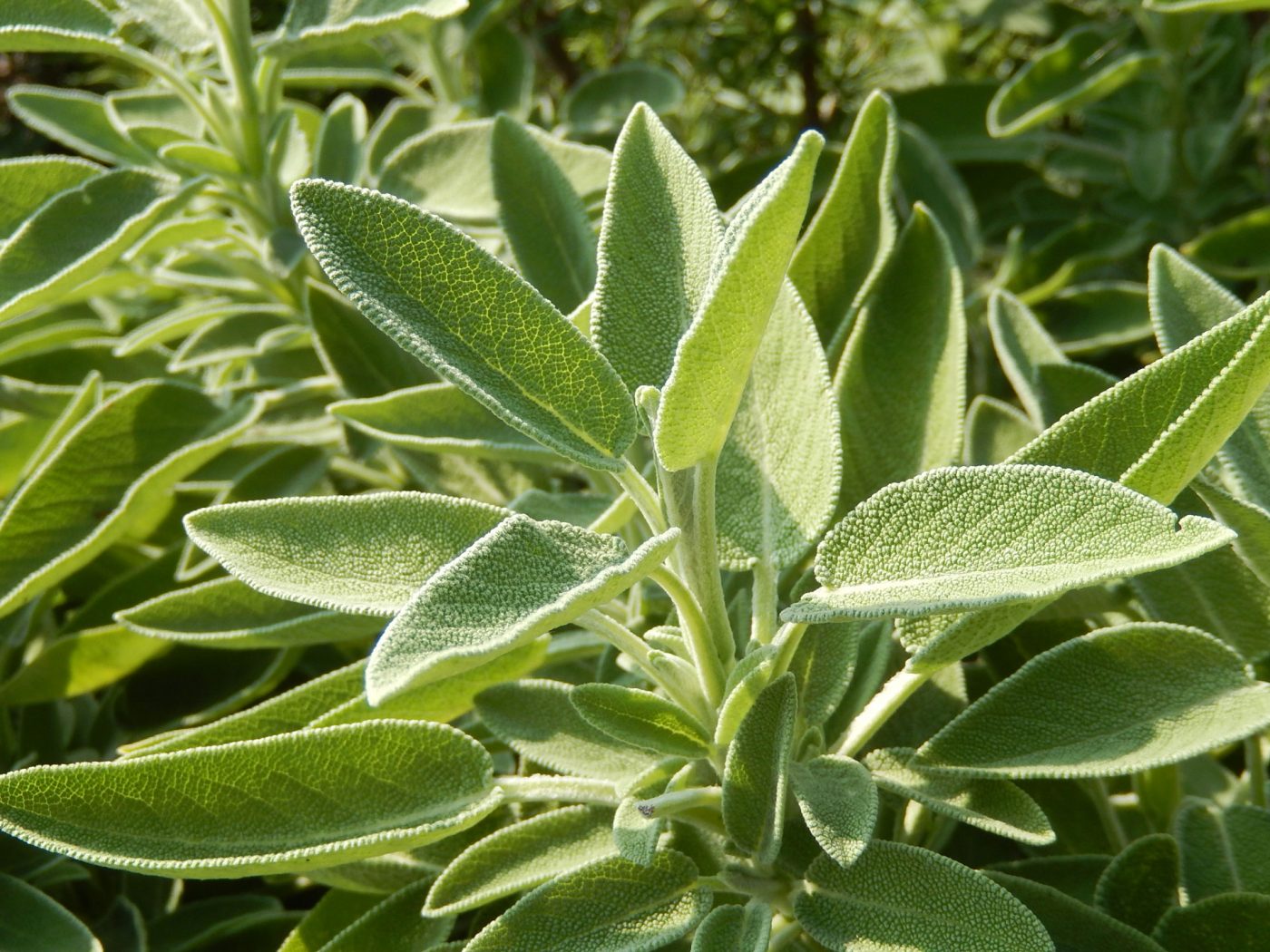
The plant
Sage(Salvia Officinalis), belongs to the lamiaceae family, along with other well-known aromatic plants such as mint, thyme, oregano and rosemary. With its well-known odor, it can also be recognized by its leaves and their unmistakable gray-green color, although there is a purplish variety that is also widespread. Sage is a shrubby perennial plant -which knows no season-that can grow to about half a meter in height and spread to form a beautiful evergreen shrub. In early summer it issues plume-shaped flower spikes, the small petals are purple or lilac in color.
History
Saying sage is synonymous with wellness; known from the earliest times (and appreciated) for its phytotherapeutic properties, its name contains its function, which is precisely to “save” from the most common health ailments.
The Gauls believed that sage could heal all diseases and helped to eradicate fevers and coughs, while other more daring peoples thought it could even raise the dead and thus employed sage to prepare magic rites. For the Romans , sage was a sacred plant, and the harvest was reserved for a select few who wore a special outfit and performed sacrifices for the occasion. Used as a healer in the Middle Ages, in the 17th century a basket of sage leaves was instead a valuable bargaining chip, even being exchanged by Dutch merchants for three baskets of tea. But what is sage used for and why is it considered so “valuable”?
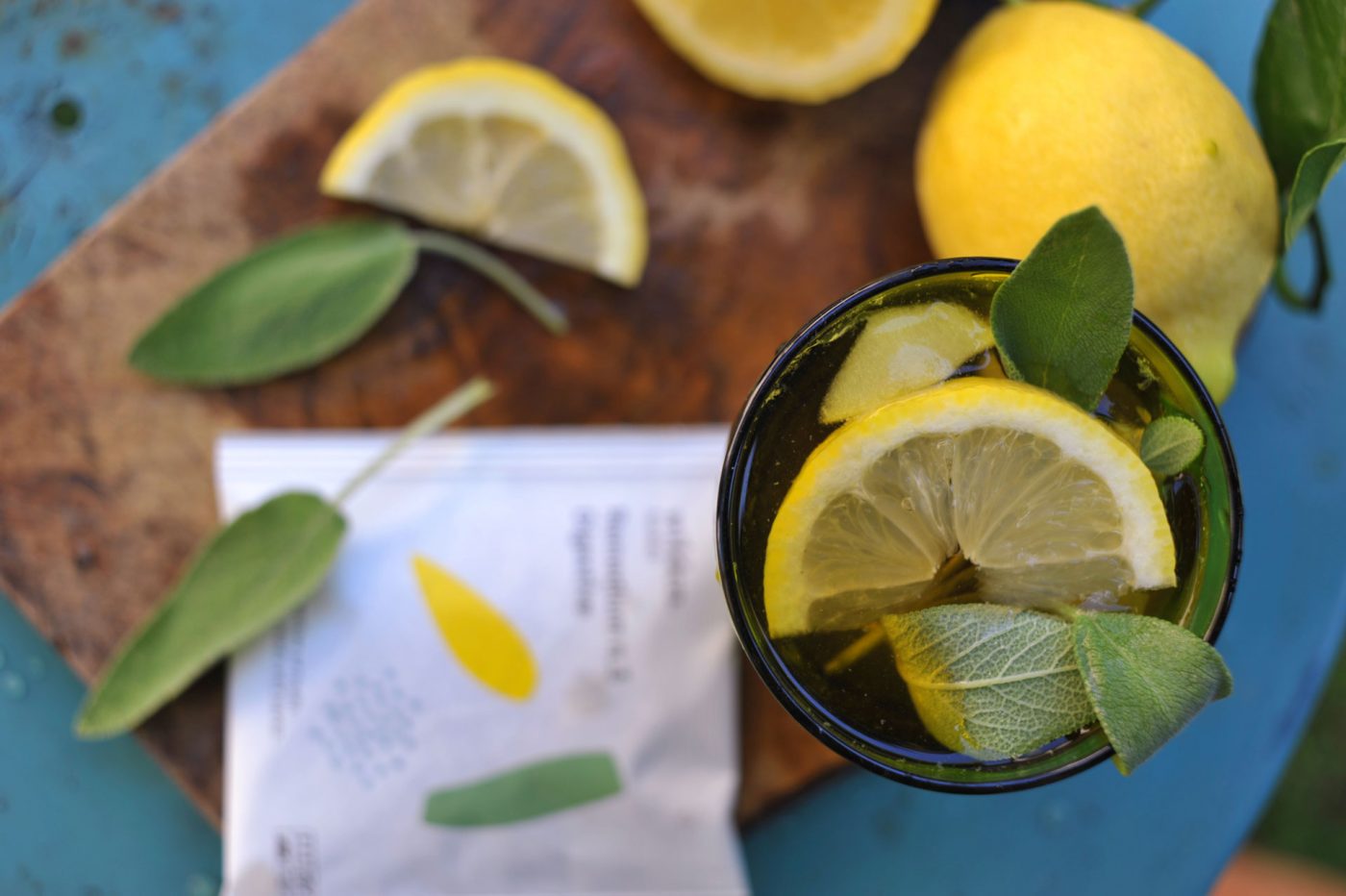
What are the properties and benefits of sage?
Sage, called officinalis for its healing functions, has an antibacterial and disinfectant function due to tannins and rosmarinic acid (common to all laminaceae). In addition, this plant is useful in cases of asthma and respiratory diseases. Hypoglycemic and diuretic, sage promotes digestion, especially after a hearty meal, thanks to the synergistic action of flavonoids and phenolic acids. At this point you may be wondering how to prepare a sage infusion? Well, you can find sage in our Remedium No. 3 – Digestive, a blend of plants that work in concert and promote digestion, freeing you from that uncomfortable heavy feeling of when you overdo it a bit.

How to use sage?
The first simplest tip on how to use sage is: with potatoes. Rosemary, a relative of sage, thyme and sage will give roundness and aroma to this side dish or with squash, sage’s true sparring partner. Baked with a drizzle of oil, some sweet paprika, a pinch of salt and a few sage leaves et voila! Future plans certainly include not underestimating the use of sage in cosmetics. From a whitening ingredient in toothpastes to a beauty mask, sage is a beauty passe partout. If, on the other hand, you are wondering how to dry sage, pull the best leaves off the stem; after washing and patting them with a clean cotton cloth, lay them on a rack and leave them to dry in a cool, dry place. Want to have a supply of sage always on hand? Here’s how to store sage in salt:, take the previously washed leaves and place them in an airtight glass jar. Cover with extra-virgin olive oil and let them sit in the dark for a week before using them.
Curiosities
Weak hair that tends to fall out? A sage mask will save you. Sage is also a great remedy for dull, lackluster hair, as well as for darkening browns and brunettes naturally.
Sitography
https://www.cure-naturali.it/enciclopedia-naturale/alimentazione/nutrizione/salvia.html
https://www.ortodacoltivare.it/aromatiche/coltiva-la-salvia.html
https://sorgentenatura.it/speciali/prodotti-ricavati-dalla-salvia
https://www.vegolosi.it/glossario/salvia/
http://www.revegfruit.it/blog/curiosita-sulla-salvia
https://www.greenme.it/vivere/salute-e-benessere/salvia-usi-salute-bellezza/#Olio_essenziale_contro_le_rughe_degli_occhi


